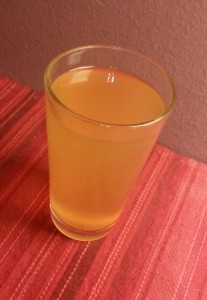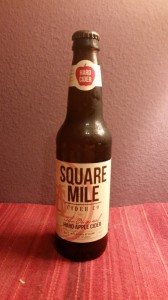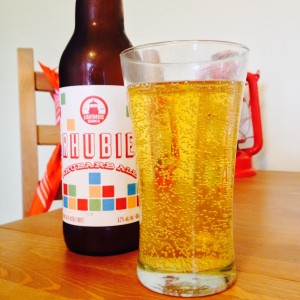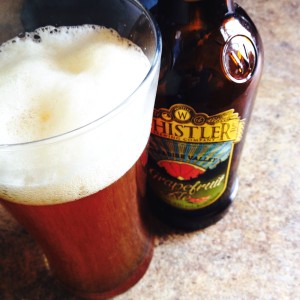When stopping by a grocery store I don’t usually visit to grab a bottle of wine for a housewarming party, I stumbled across two bottles of Spur & Vine all by their lonesome, and thankfully there weren’t too many people around to hear my ensuing noise of delight. They were even the 650mL bottles I remembered from Cider Summit Seattle last fall.
Unlike The Original, Spur & Vine holds up to my memories — this is such an interesting and delicious cider. The whole reason I’ve become such an avid cider drinker is because I dislike the yeasty, hoppy, bitter taste of every beer I’ve ever met (all of them, yes, probably that one you’re thinking of too), but because of the dry-hopping process Square Mile uses, the cider doesn’t come out tasting particularly of hops at all. Instead, it’s gained a lovely floral aroma and a citrusy, slighty fruity taste, sweet enough that I wouldn’t describe it as dry, but with earthiness and a little tartness to balance it out.
Square Mile’s website says they add Galaxy hops to the same apples used for The Original (Red Delicious, Yellow Delicious, and Jonagold), but if I hadn’t read that, I would have thought there were some bittersweet apples in the mix. All in all, a memorable cider and one I wish I could get my hands on more often — though now that I’ve found a store that carries it, perhaps I can.
Spur & Vine is a light, clear yellow, with a floral aroma and low fizz. It’s 6.7% ABV and can be purchased in 12oz or 22oz bottles.









